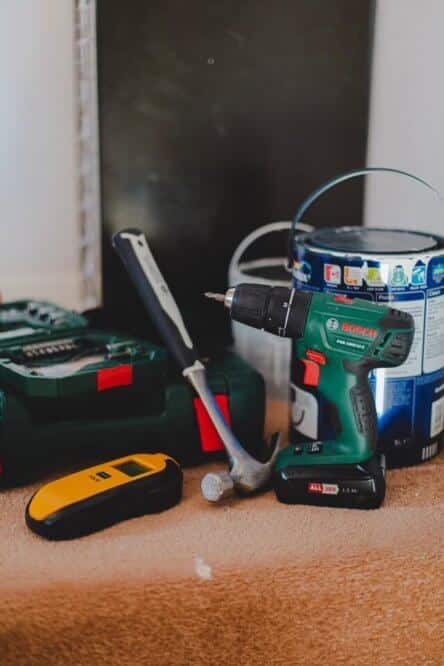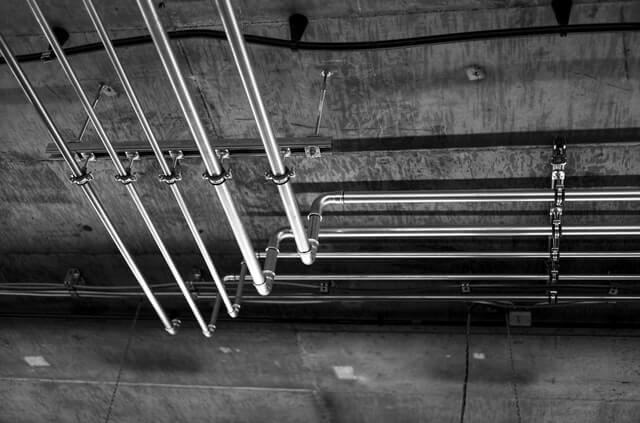The basement portion of our home offers much more than just structural support or storage space, even though it isn’t always the most regularly used place. A basement can be utilized for various functions and, when well finished and insulated, can be a pleasant living space. All rooms in the house should be insulated and the basement walls are no exception. Perhaps you are building your house and wondering, do you need to insulate basement walls below grade?
Controlling the temperature of your basement is an essential step in making it a comfortable area. [1]
Because the surrounding ground acts as a natural insulator, basements are already temperature-controlled. However, you’ll need extra basement insulation to ensure that the warmth is maintained.
For both pre- and post-wall-framing situations, there is a variety of insulation options. Any basement insulation solution will keep you warm or cool, depending on the season. You will also save on utility bills because you won’t need as much artificial heating or cooling. [2]
Below Grade Basement
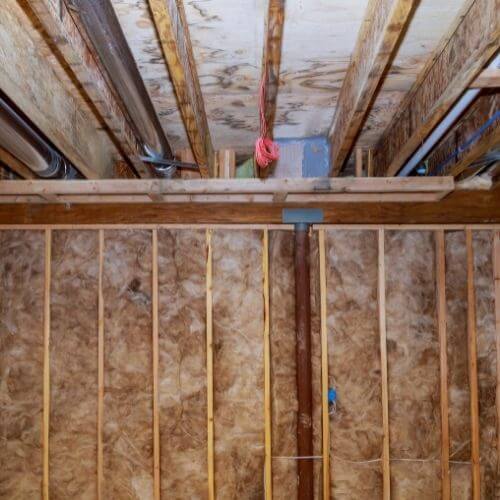
A basement is the excavated portion of a building usually visible below the ground level. It usually is up to 8 feet deep, including the walls, stairway from the ground floor, and slab floor.
The basement part just below ground level is known as a below-grade basement. When building a basement in your home, paying close attention to the details is critical. Make sure that the depth of the basement, staircase, number of basement levels, and cellar are all in good working order.
No insulation in basement walls
Warm air from inside the completed space can come into contact with the foundation walls beneath the insulation when a basement is finished but not adequately insulated.
The foundation walls will be cooler because of the earth’s temperature on the other side. Moisture is held in warm air. As a result, it cools when it comes into contact with the cold foundation walls. Condensation occurs at this point.
Condensation can form in your finished basement’s insulation and wood frame. It can even pool on the floor behind finished walls. As a result, your basement will become a breeding ground for mold spores, which is every homeowner’s worst nightmare.
Should I insulate basement walls?
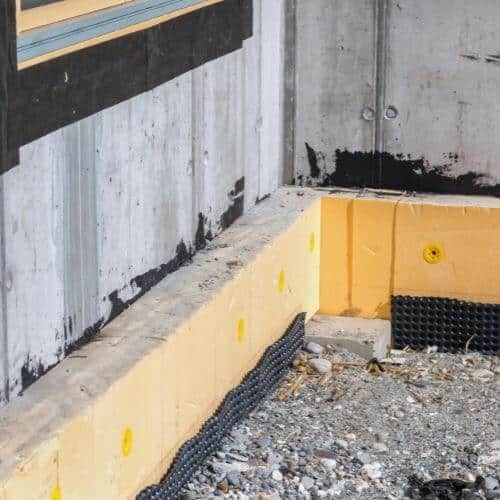
To answer the question “do you need to insulate basement walls below grade”, you need to first understand why it is necessary. Basement wall insulation is crucial and necessary for several reasons.
These can range from energy saving to specific code requirements. Regardless, homeowners should prioritize having a properly insulated basement.
When basement walls are insulated, the home benefits in various ways, including energy conservation, cost savings, and improved year-round comfort.
1.It conserves energy
Though it is commonly assumed that insulating the basement’s ceiling or floor is the best option, this isn’t the only effective basement insulation approach.
You may not realize it, but your basement is more connected to your living spaces than you think. Most of the air circulating through the basement naturally rises to the main floor. That air carries with it the warmth from the basement. Because this region of the house is mostly, if not entirely, underground, it usually is substantially cooler than the other rooms in the house.
So, when you insulate your basement walls, you shield your living quarters from the cold ground beneath the foundation. As a result, your heating system will perform more efficiently and save you on electricity consumption.
2.It saves you money
Your energy expenses will be reduced in the same way as your energy usage. Your HVAC system will:
- Require less maintenance
- Cost less monthly and yearly over time due to the systems running more efficiently since the foundation walls are coated by basement insulation.
- Performance is more efficient, so it lasts longer.
3.Enhances Comfort
Basement insulation below grade is a great way to boost home comfort. The comfort of the home will improve once the foundation walls are adequately insulated, and the HVAC systems are operating at peak efficiency.
You won’t have to wear extra clothing in winter or deal with sudden temperature drops if your home is adequately insulated. You can enjoy the coziness of your home without worrying about turning up the heat and incurring hefty energy costs in the future.
4.It is a requirement for basement finishing projects
When considering a basement finishing project, there are certain health and safety regulations to adhere to. Basement insulation is one of these requirements.
If a basement has previously been waterproofed, insulating its walls is usually the first step in finishing it. Basement finishing contractors are highly competent at these services.
Most jurisdictions expect you to insulate your basement to guarantee that those who live there are protected from temperature fluctuations.
Types of Basement Insulation
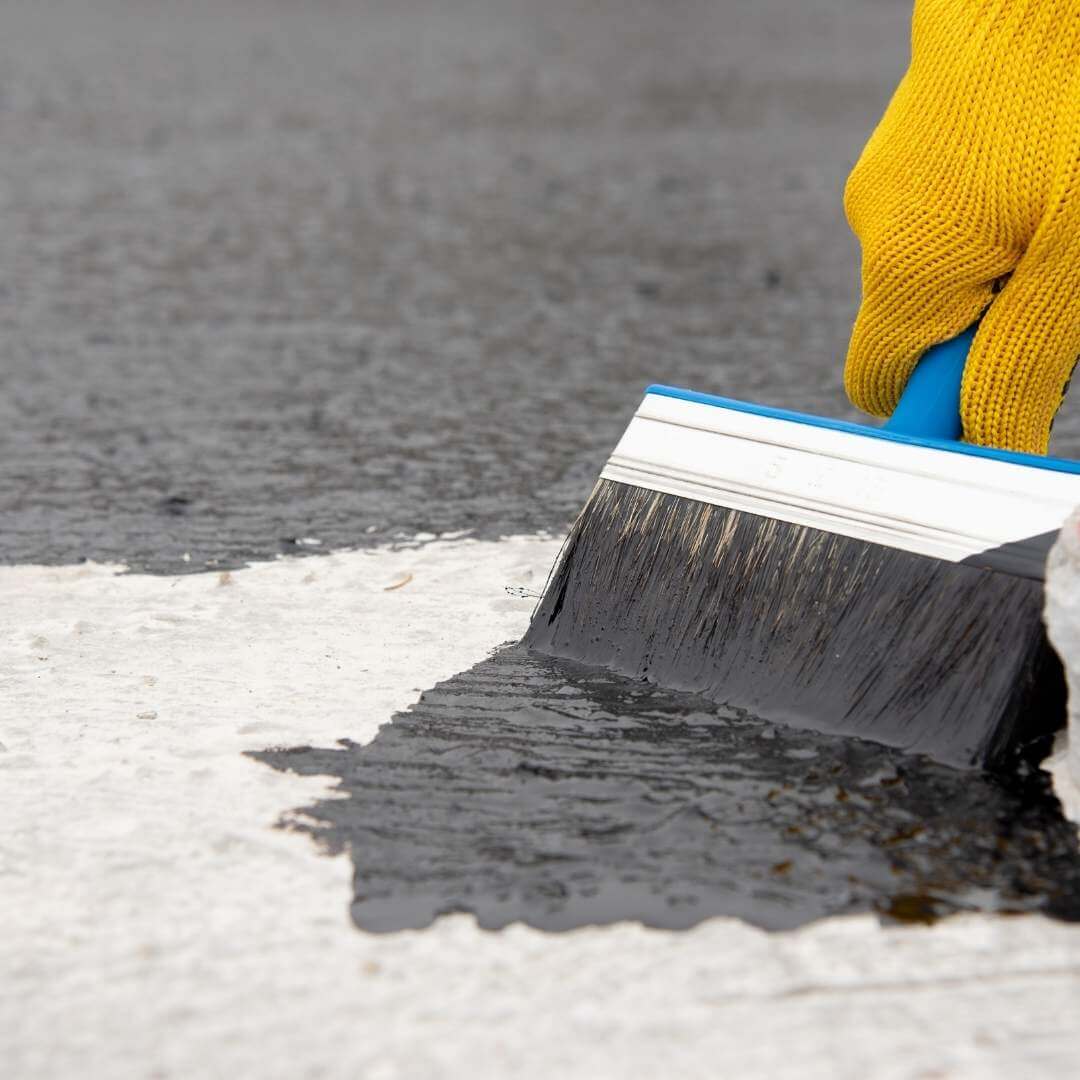
1.Insulating basement walls with form board
Large sheets of expanded polystyrene foam are known as rigid foam sheets (XPS). Sheets as large as 4 feet by 8 feet can be found in most home centers. R-values range from R-2 to R-10, with typical thickness ranging from 1/2-inch to 2 inches. The majority of the sheets are scored vertically. Instead of cutting, you can snap off portions of foam board.
Rigid foam sheets are ideal for homeowners who want to insulate basements before construction is complete. Rigid foam works nicely when the concrete or block walls are smooth and flat. Insulation made of rigid foam is simple to install. It can be cut with a regular wood saw in addition to scoring.
When cost-cutting is a priority, rigid foam sheets are a viable alternative for basement insulation. It will cost between $20 and $30 to insulate 32 square feet of basement walls with 1-inch thick rigid foam.
Rigid foam sheets can be laid vertically or horizontally. However, it’s important to keep large sheets on hand to make the insulation seam-free. Apply glue to the backs of the sheets, then use washers or capped nails to secure them in place. Tape the seams together. Low-expanding spray foam can be used to fill huge holes or fissures.
2.Using spray foam
Spray foam insulation is a polyurethane foam sprayed with a hose and gun into the spaces between basement wall studs. When you touch the foam, it expands. After it has dried, you can cut away the excess foam.
When the studs for the basement walls have already been erected, spray foam insulation can be used. Spray foam is the way to go when you need continuous insulation with no holes that allow air intrusion. It’s an excellent choice for irregular walls and those with many cracks, seams, and joints.
Spray foam should only be installed by trained professionals. There are also complete spray foam kits available for do-it-yourselfers, but they only cover surfaces up to 200 square feet. For 1-inch foam, two-component self-install spray foam kits cost roughly $2 per square foot.
3.Mineral wool sheets
Mineral wool is an insulator manufactured by spinning stone or silica under extreme heat and pressure. As a result, a soft, fibrous mat resembling fiberglass batts emerges. Mineral wool, on the other hand, is pressed into thick sheets that act similar to rigid foam insulation. These sheets are resistant to moisture and are suitable for use in basements.
Use mineral wool sheets when you don’t want to use plastics like XPS rigid foam or spray foam. Mineral wool is a natural material manufactured from recycled materials. Mineral wool, unlike stiff foam, has a melting temperature of 2,150 degrees Fahrenheit, making it almost fireproof under normal household conditions. R-6 is the R-value of mineral wool sheets 1-1/2 inches thick.
Mineral wool sheets cost a lot more than rigid foam sheets. Using it for insulation costs more than $100 for 32 square feet. This makes the sheets three-to-five times the cost of rigid foam as a result of this.
The wool can be easily cut with a kitchen knife or a saw. Like rigid foam insulation, mineral wool sheets are installed in great lengths.
The sheets are often fastened to the concrete basement wall with washers or nails with pre-fitted plastic or metal caps. The wall framing will hold the wool sheets firmly against the wall. Six to eight screws per board are required.
Basement insulation methods to avoid
Insulation designed for use above-grade (on upper levels) should not be utilized to insulate below grade basements. Insulation made of fiberglass [4], mineral wool rolls and batts, cellulose, and denim is unsuitable.
These materials are absorbent and can soak up moisture quickly. In addition, mold and mildew can grow on these insulation items when trapped in wet environments. This can also cause the wood frame studs and the top and bottom plates to decay. In addition, the back of the drywall will absorb moisture, and mold will grow [5].
Best basement insulation practices
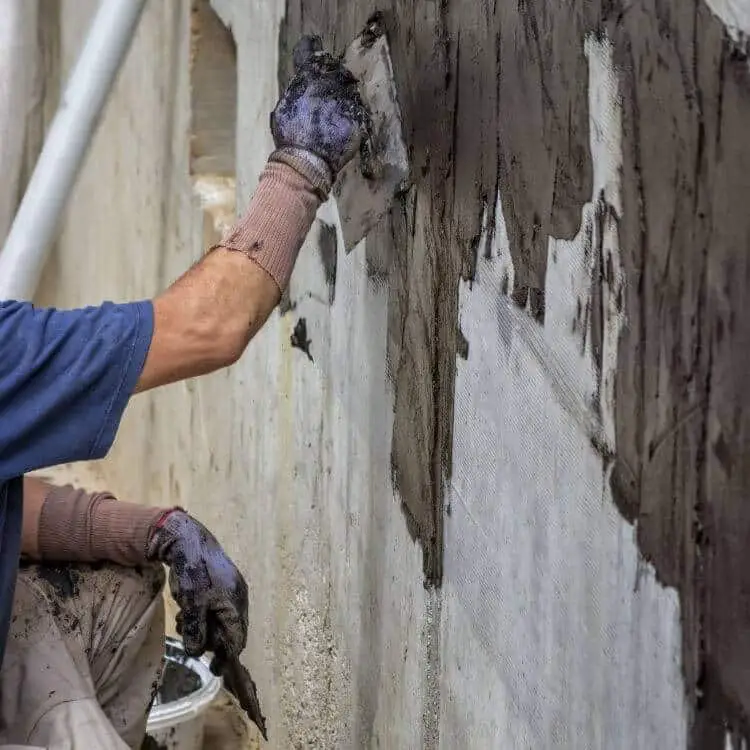
Interior insulation is much easier to install than external insulation if your property lacks basement-wall insulation.
Do you need to insulate basement walls below grade?
Here’s the right approach for accomplishing this:
- Check to see if your basement is dry
Verify that your basement does not have a water-entry problem before installing interior-wall insulation. Detecting and repairing moisture problems in existing basements should be a priority before you consider insulation. If your basement walls get wet every spring or whenever it rains heavily, you should not insulate them until the problem is fixed.
- Use foam insulation
Foam insulation attached to or sprayed directly onto the concrete is the best technique to insulate the inside side of a basement wall. For this purpose, any of the following insulation materials will suffice: XPS, EPS, polyisocyanurate rigid foam or closed-cell spray polyurethane foam.
With foam-compatible glue or sealant, rigid foam can be fastened to a poured-concrete or concrete-block wall. Next, seal the perimeter of each piece of rigid foam using glue, caulk, high-quality flashing tape, or canned spray foam to prevent inside air from reaching the cold concrete.
According to building requirements, most varieties of foam insulation must be protected by a layer of gypsum drywall. On the inner side of the foam insulation, many builders build a 24 wall; the studs provide a straightforward electrical chase and make drywall installation simple.
You can’t use stiff foam to insulate stone-and-mortar walls in your basement. Instead, closed-cell spray polyurethane foam is the only type of insulation that makes sense for stone-and-mortar walls.
If you want to use spray foam to insulating basement walls after framing, you should frame your 24 walls and leave a gap of 1-1/2 to 2 inches between the rear of the studs and the concrete wall. If you live in a termite-infested area, your local building code might require you to leave a 3-inch-high termite-inspection strip of exposed concrete near the top of your basement wall.
While low-cost fibrous insulation like fiberglass batts, mineral wool batts, or cellulose may intrigue you, these materials are air permeable. Therefore, they should never be laid against a below-grade concrete wall. Moisture in the inside air can condense against the cool concrete surface when this sort of insulation, potentially causing mold and damage.
- Avoid vapor barriers made of polyethylene
Polyethylene should never be used in basement wall systems. There should be no poly between the concrete and the foam insulation and between the gypsum drywall and the insulation. Polyethylene can collect moisture and cause mildew or rot if your wall assembly includes studs or furring strips.
Conclusion: Do you need to insulate basement walls below grade?
Installing basement-wall insulation will almost always save you money by lowering your energy expenses if you live in climatic zone 3 or somewhere colder. It will also have a significant side effect: Condensation and mold are less likely to form on insulated walls. This means that basements with insulation stay dryer and smell better than basements without insulation.

Michael Davis is a heating & plumbing expert who currently works as independent contractor in SC. He also writes for Plumbertip.
For almost 10 years he worked on various plumbing tasks across South Carolina.
